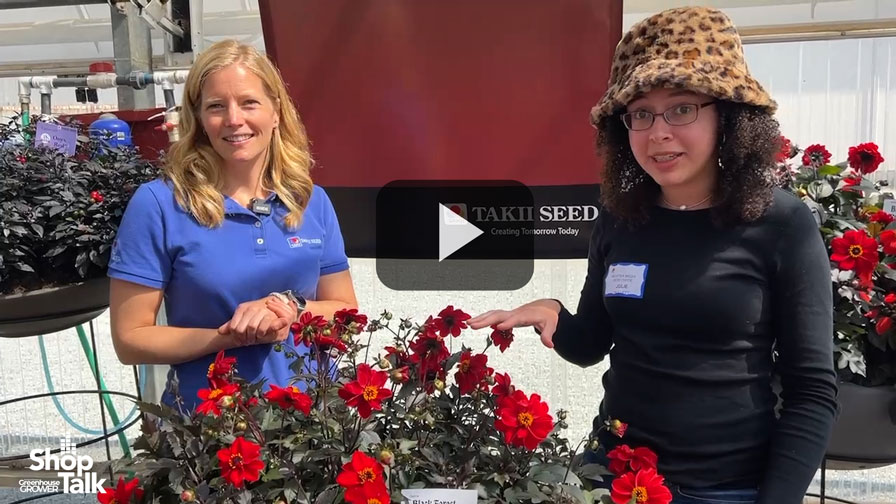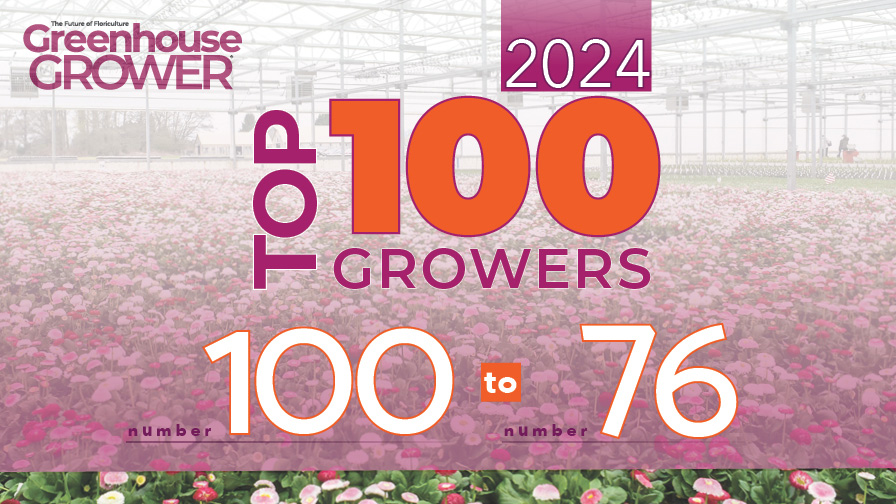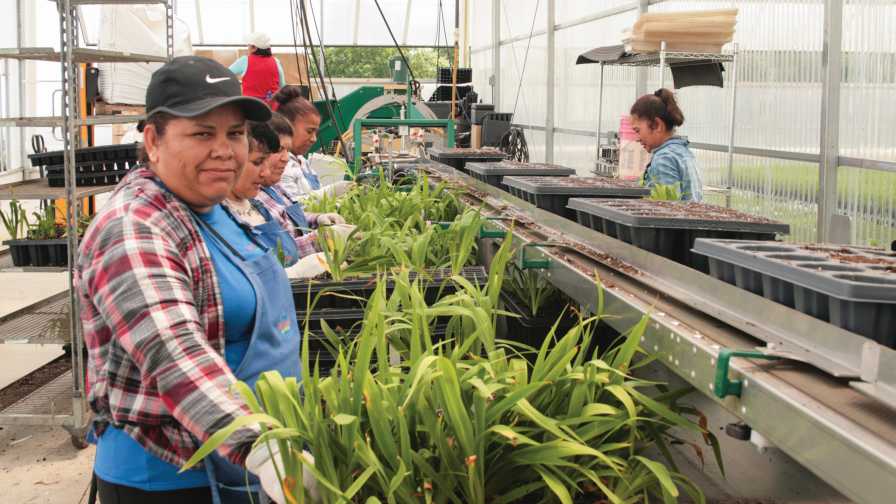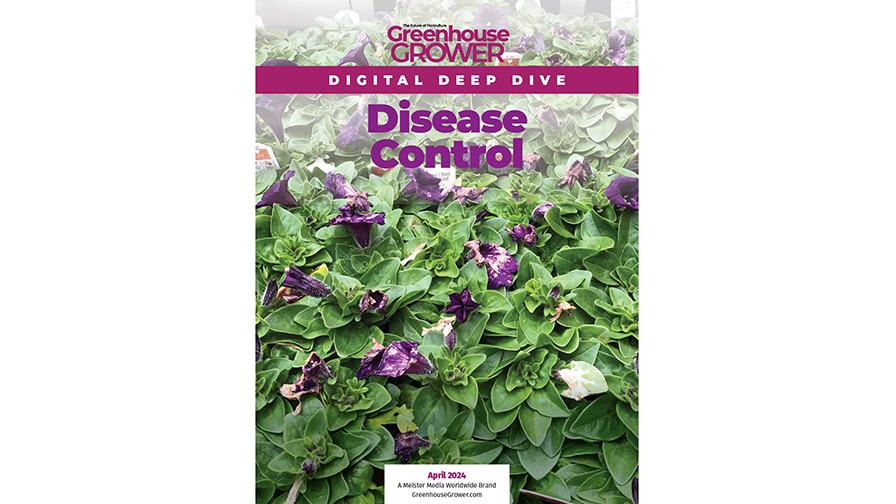How You Can Help Teach Plant Science to Elementary Students
Knowledge of plant science is critical in providing food and nutrition to the growing global population. Yet despite its immense contribution to life, children don’t have enough knowledge of plant science, and many are unaware that the food we eat, the medicines we take, and the clothes we wear all come from plants.
Children in elementary school between the ages of 7 to 12 are still in the concrete operational stage of development and tend to think abstractly. Therefore, when teaching plant science in elementary schools, it is important to actively involve the students in the learning process to ensure they can easily understand the concepts being taught. Plant science can be a fascinating learning experience for them at a young age. It can help them understand how plants work and what their purpose is, making it an excellent way for them to learn about science, nature, and themselves.
To make studying plant science more effective, educators can implement several strategies in their teaching approach. In a recent post on its website, the American Society of Plant Biologists outlines some of them, including:
- Engage in Hands-On Activities: Numerous studies have demonstrated that conducting hands-on activities leads to positive motivational outcomes. It is an effective way of exciting young students and raising their curiosity. It can also provide them with practical experiences, helping them to connect better theories and knowledge learned in the classroom to real-world situations.
- Use Demonstration Videos: Videos can be highly effective tools to aid in teaching, as they provide a combination of visual and auditory aids that appeal to young learners and help them process information more naturally. They can make learning fun, encourage critical thinking, and enhance the learning experience by providing sensory stimulation. For elementary students, videos can be especially helpful in understanding complex concepts related to plant science, as they provide an interesting and interactive way to convey ideas. They also assist students in distinguishing primary and secondary information sources when answering questions that require higher thinking skills.
- Take Field Trips: Observing plants in their natural habitats can help cultivate a deeper interest level in students. They can use their senses to learn more about plant science, including the sense of smell and touch. Teachers can involve students in various activities during a field trip, such as recording the names of plants and their unique features or comparing them by noting their similarities and differences. However, what happens after the field trip is equally important. Teachers must reinforce the students’ experiences through discussions, activities, and reading. They need to recognize the significance of post-field trip reflection and debriefing to maximize student interest and learning. Such activities encourage students’ natural curiosity and love for learning. Visiting botanical gardens can also help us appreciate the beauty and science of plants.
Read the complete story here.









